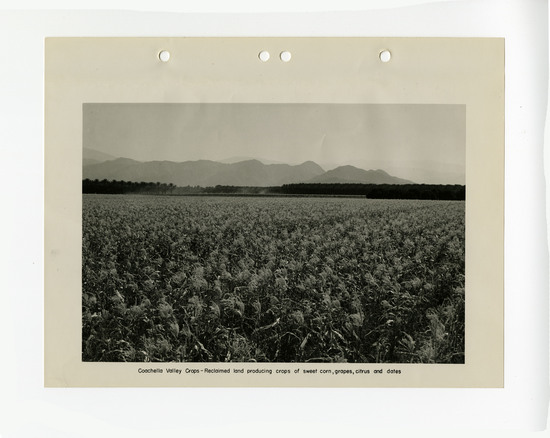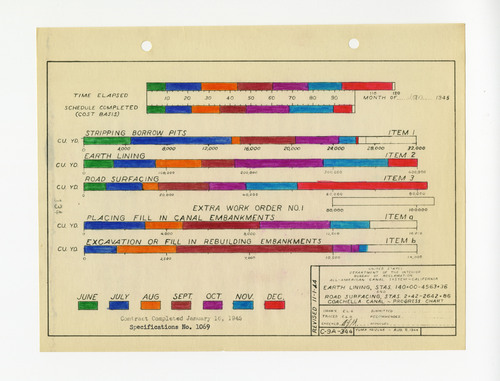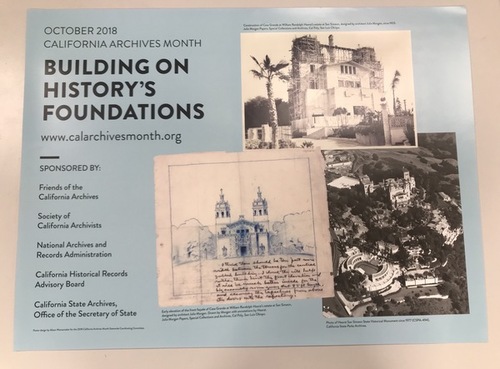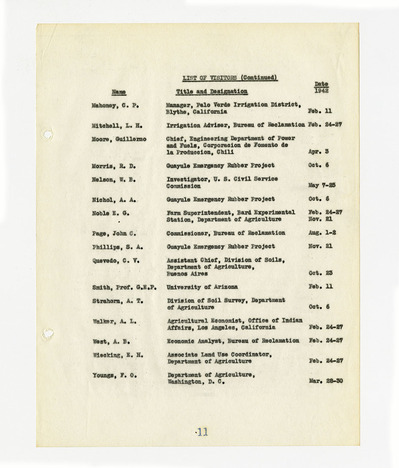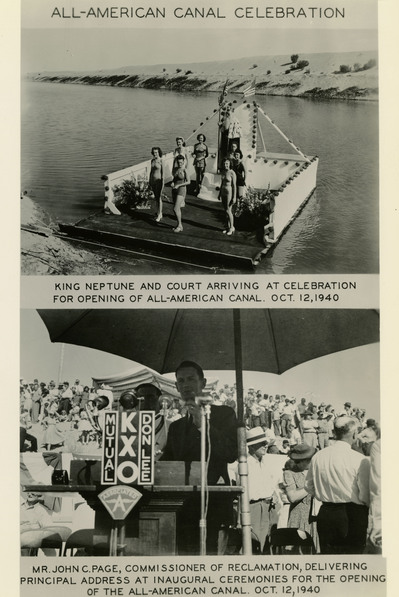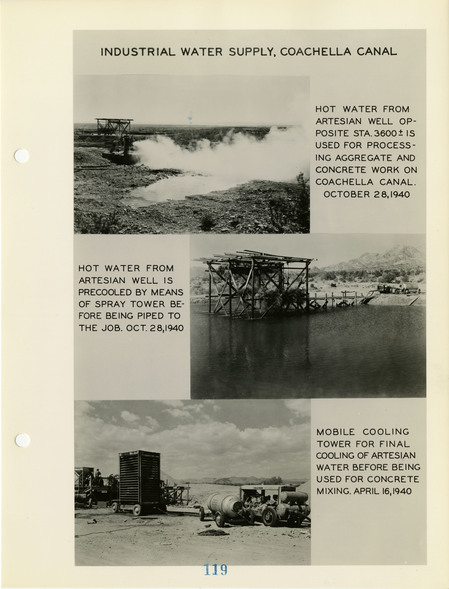During World War 2, all non-essential maintenance on the All-American Canal was halted. By the end of the war, a large section of the banks of the canal had become overrun with vegetation such as willows, and arrow weeds. Other portions of the canal needed repainting and replacements of deteriorated metalwork. To combat these issues, an accelerated program of maintenance and rehabilitation was inaugurated in 1946.
Below is an example of some of the rehabilitation done in 1946. Note the difference of the gate roller before and after being sandblasted. Sandblasting, addition of protective coating, and repainting made up the majority of the rehabilitation work completed.
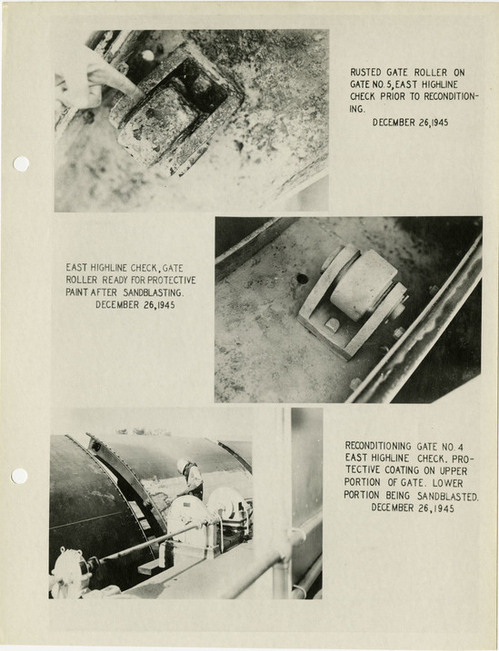
NARA Series: All-American Canal Project Histories, 1948-1954. Record Group 48: Records of the Office of the Secretary of the Interior, 1826-2009. National Archives Identifier: 2292770
